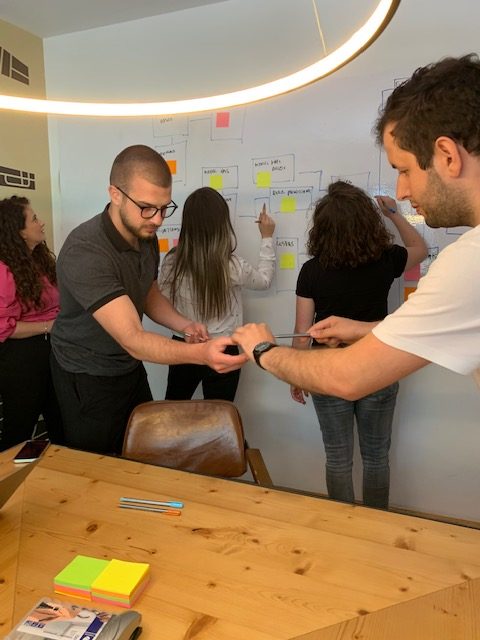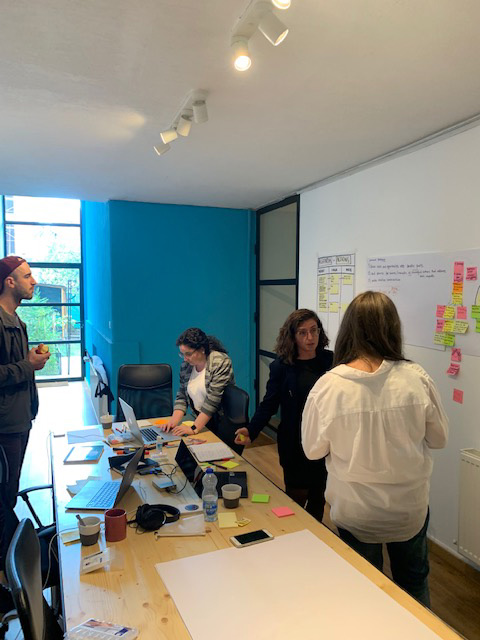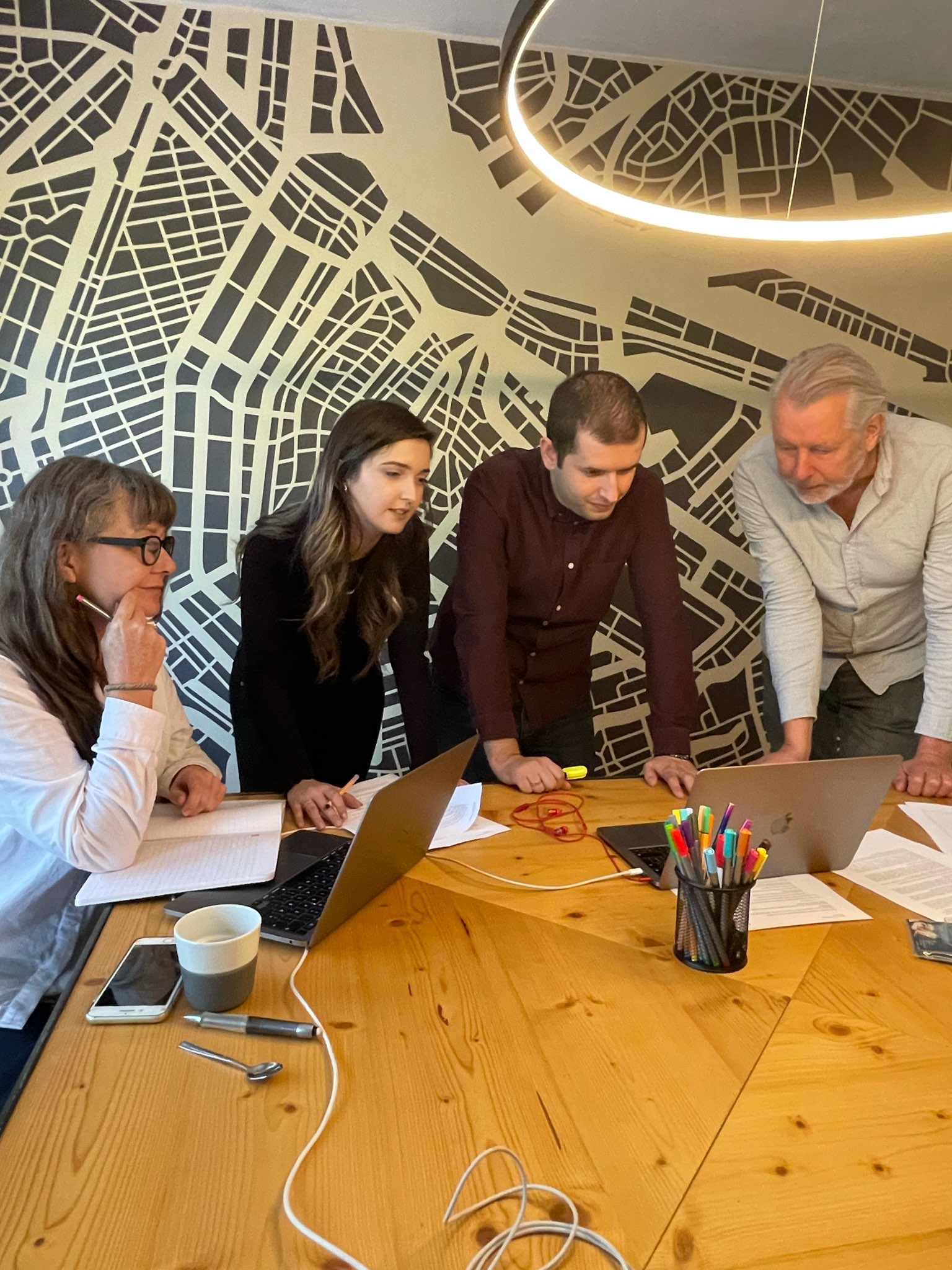Discover and define issues and opportunities.
We discern what changes we want to bring, create engagement and readiness, map needs, explore whom to involve, and define leadership and project structure.
Partner input
- Attending workshop
SPRIGS deliverables
- Design and facilitate workshops
- Service Delivery brief
We invite stakeholders to share their hopes and fears, individual challenges, and visions of the outcome in the project context. The purpose is to create engagement, develop the capacity to change, and a shared ownership and outcome vision.
Partner input
- Defining stakeholders
SPRIGS deliverables
- Design and facilitate stakeholder workshops
- Evaluation reports including stakeholders’ individual vision of the outcome.
We concept and investigate possible issues and opportunities a product or service can bring to the business. By exploring competitive advantages focusing on end-users, markets, data, and technology, we develop multiple value propositions to show potential roadmaps
Partner input
- Availability for workshops
- Background information related to the business
SPRIGS deliverables
- Defined business model & service blueprint
- A product pitch presentation
We use questionnaires and surveys to research the behaviour and trends of a large group of people.
Partner input
- Defining target audience
SPRIGS deliverables
- Research report
We discover behaviour patterns amongst (potential) users and explore underlying needs and wishes by performing in-person or remote interviews.
Partner input
- Access to users
- Feedback on the interview outline
SPRIGS deliverables
- Interview outline
- Insight’s report
- Verbatim interview notes (optional)
We interview various target groups. These interviews take place on location or in a conference call.
Partner input
- Defining target audience
SPRIGS deliverables
- Needs and requirement analysis
We create a set of personas based on findings from empathy maps. Personas serve as a reflection tool throughout the project iterations.
Partner input
- Defining target audience
- Feedback
SPRIGS deliverables
- Personas guidelines
- Personas overview
We systematically analyse products to find the essential areas of improvement and identify opportunities for further development. We look at issues that break the user experience, for example, incorrect data display, possible bugs, unclear interaction, and visualisation. We prioritise all detected issues (high, medium, low) and summarised them in a set of primary and secondary conclusions.
Partner input
- Access to the current solution
- Feedback
SPRIGS deliverables
- Product improvement overview
- Roadmap
We apply journey canvas to map out the entire process of user experiences and provide a single overview of the whole product realm. It helps us to spot opportunities, needs and blind spots. It also triggers discussions about overall process improvement and is crucial in designing a coherent deliverable. Journey maps remain a document to revert to throughout the project process.
Partner input
- Attending customer journey mapping workshop
- Feedback
SPRIGS deliverables
- Journey canvas
We research products, systems, and platforms with related or similar purposes as our project and study the various patterns of interactivity and user cases. The research enables us to learn from the already applied solutions.
SPRIGS deliverables
- Competitor benchmark, strengths, and opportunity analysis
We thoroughly examine the available data from existing solutions and reports to identify and distil end-user critical insights. Having this knowledge at an early stage in the process increases the value our designs can provide by presenting relevant information in the right way and at the right moment in the users’ workflow.
Partner input
- The required data, information, and infrastructure
SPRIGS deliverables
- Data inventory overview
We explore the state-of-the-art and emerging technologies to understand which specific technologies best supports user experience as solutions that might not always be apparent. We research new technologies on a software and hardware level, e.g., opportunities for novel data visualisations, ventures into multi-sensory experiences (touch, smell, hearing), extended reality, 3D printing or new development platforms. This exploration provides vital insights into how to enhance the final product.
SPRIGS deliverables
- Technology research overview



